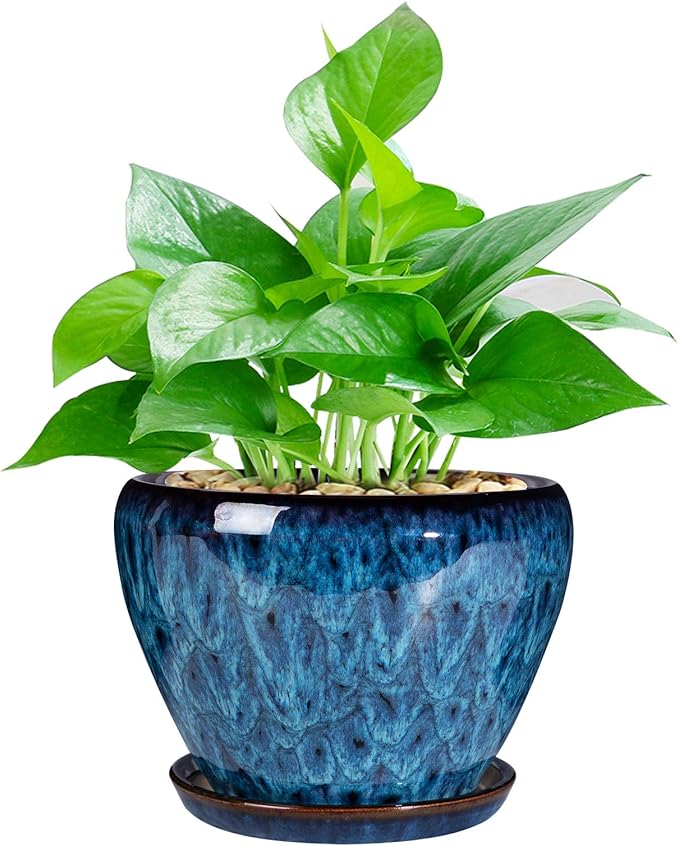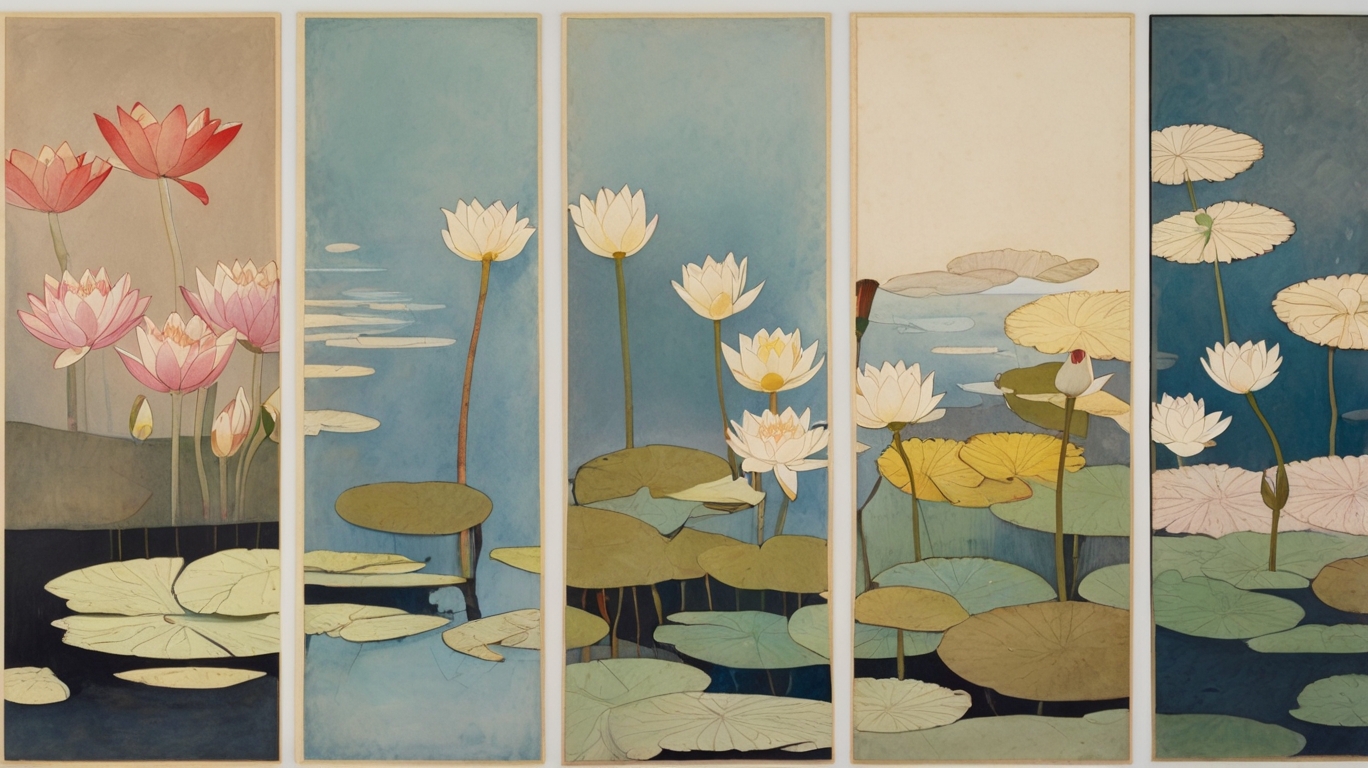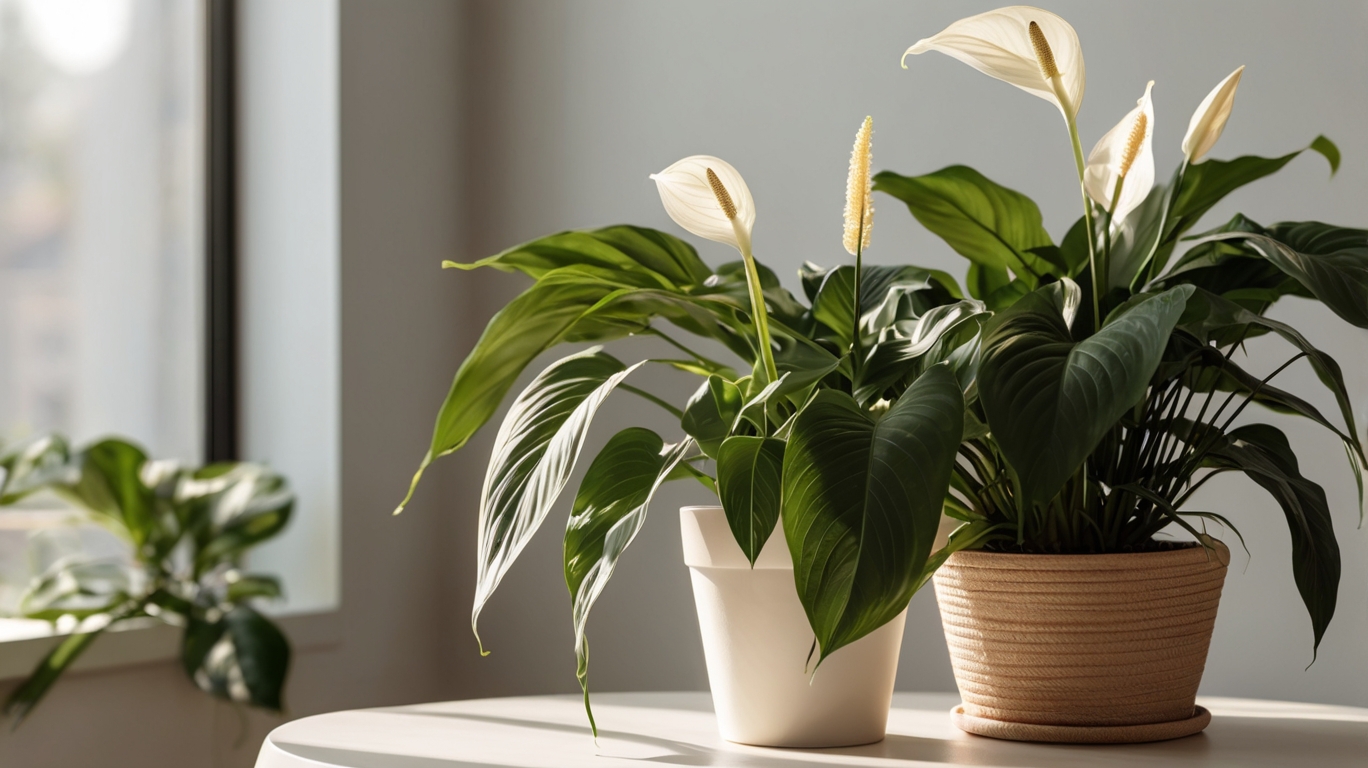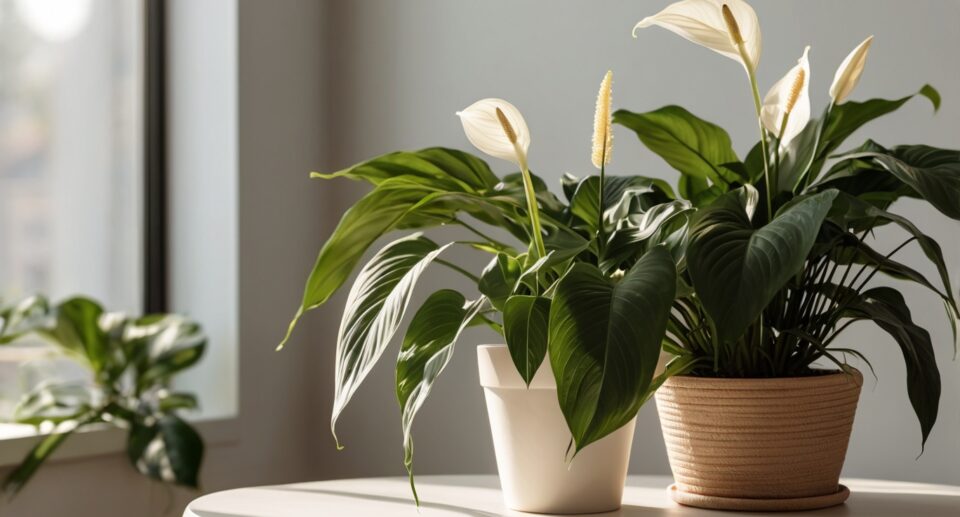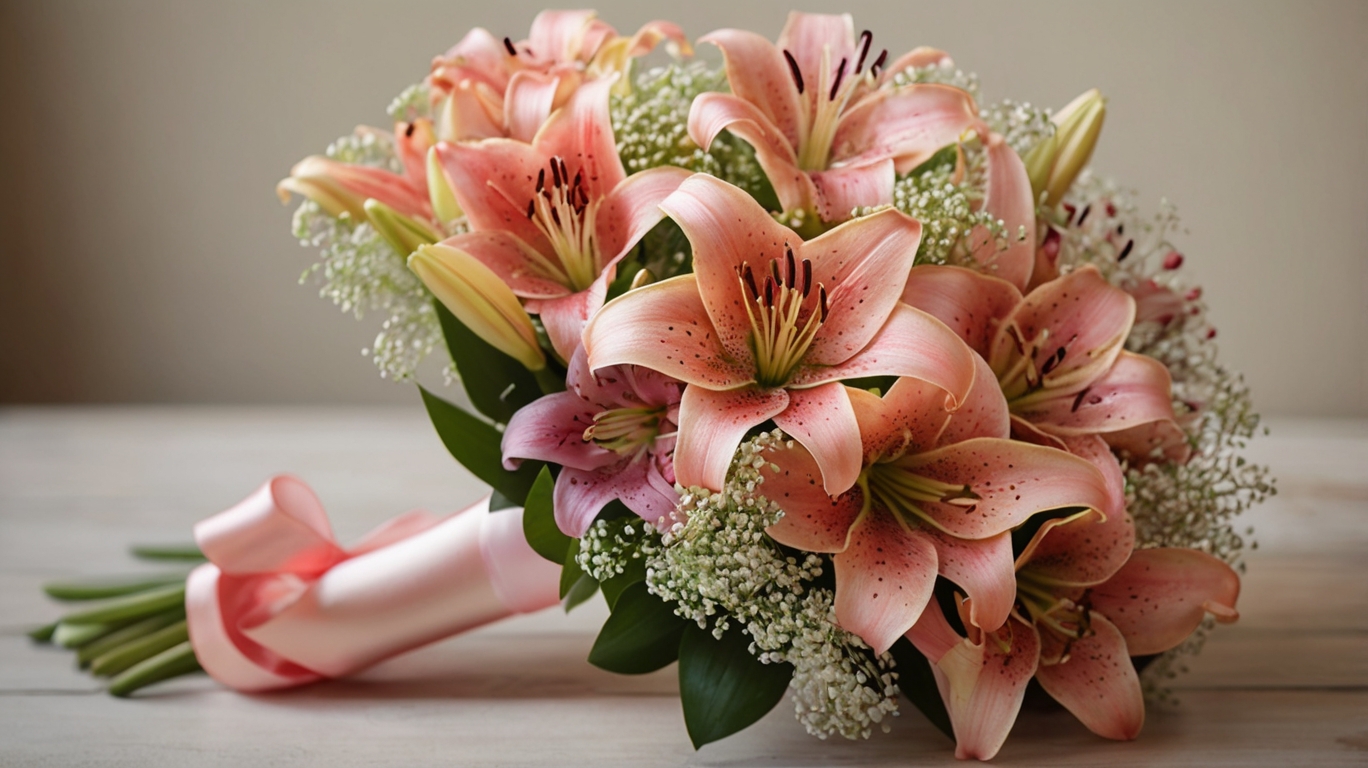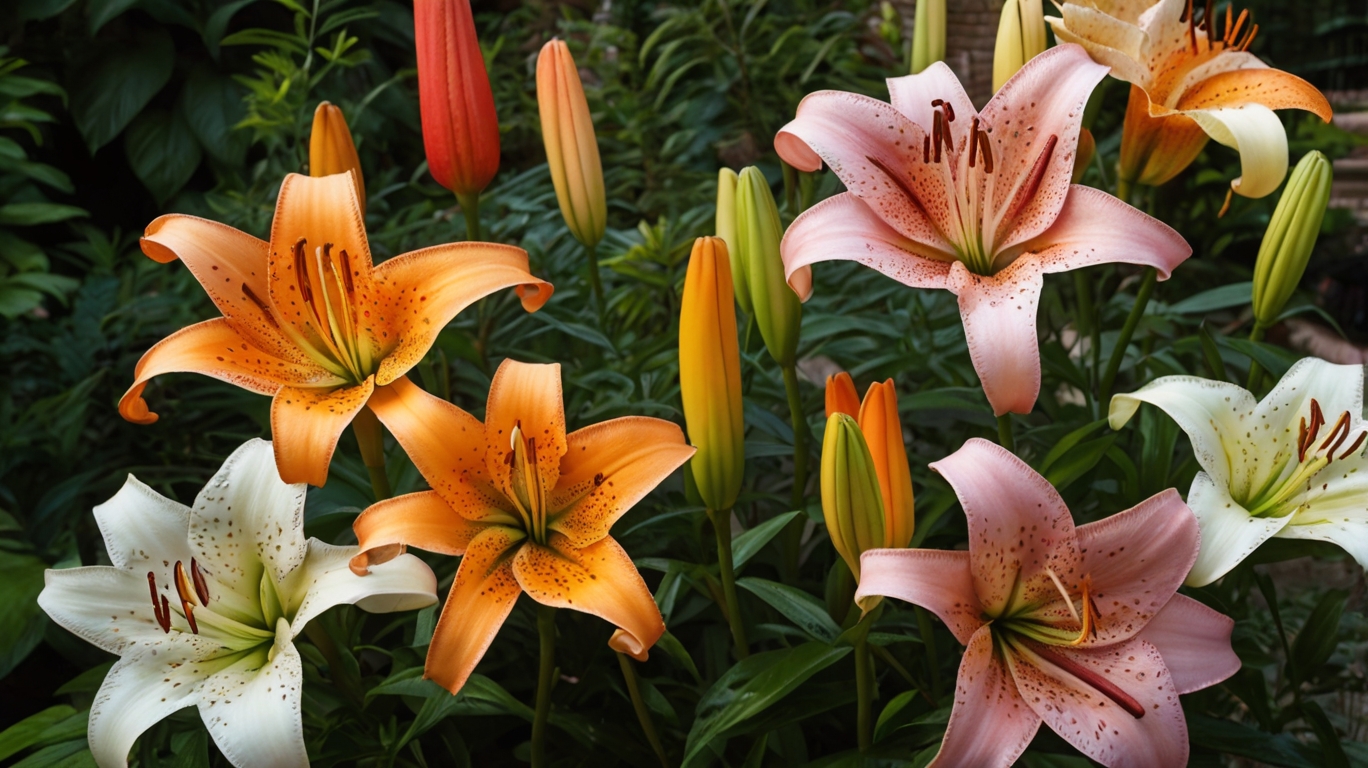Is the Lotus Flower a Water Lily? Smartest Key Differences Explained #1
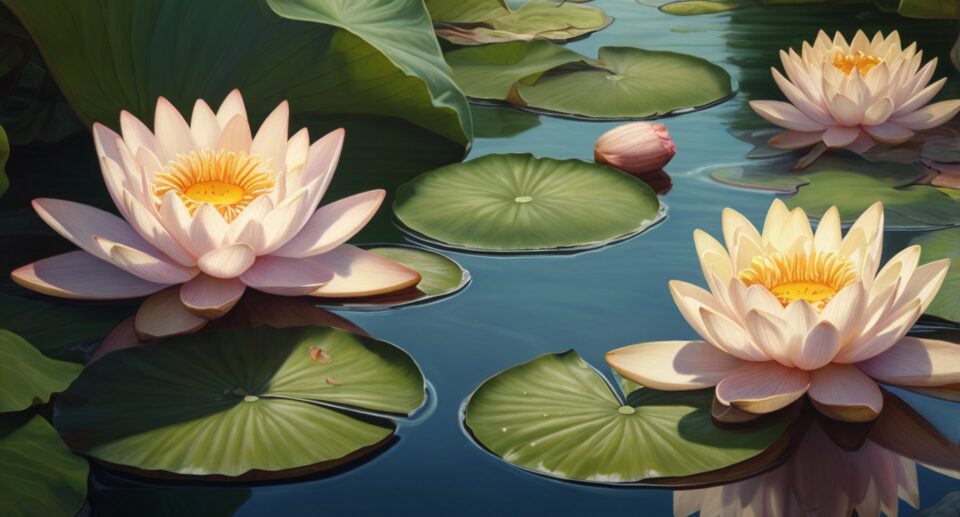
Introduction: Clearing Up the Confusion
When you gaze upon a tranquil pond, chances are you’ve spotted large, flat leaves and elegant flowers floating or rising above the water. These picturesque plants are often labeled either as lotus flowers or water lilies—but are they the same? It’s a common question with a nuanced answer, and today, we’re diving deep to settle it once and for all.
One question that continually arises among garden enthusiasts and botanists alike is: Is the lotus flower a water lily?
This blog explores the differences and similarities between these two aquatic beauties, backed by science, history, and horticultural insight.
Is the Lotus Flower a Water Lily?
In simple terms, no—the lotus flower is not a water lily, though they share several similar traits. Both are aquatic flowering plants, and both have floating leaves and eye-catching blossoms. However, they come from different botanical families and exhibit distinct characteristics.
So while they may look alike at first glance, they are not interchangeable.
Let’s explore what truly sets them apart.
Scientific Classification and Botanical Families
To understand the distinction, we need to look at their taxonomy:
Lotus Flower
-
Scientific Name: Nelumbo nucifera (sacred lotus)
-
Family: Nelumbonaceae
-
Genus: Nelumbo
Water Lily
-
Scientific Name: Nymphaea spp.
-
Family: Nymphaeaceae
-
Genus: Nymphaea
These are two entirely different plant families. This means they have diverged evolutionarily and possess unique biological traits, even though they occupy similar habitats.
Visual Differences Between Lotus Flower and Water Lily
Though they both grace the water’s surface with spectacular blooms, visual differences help you distinguish a lotus from a water lily.
Lotus Flowers:
-
Rise several inches above the water on tall stalks
-
Flowers have a central seed pod that becomes woody
-
Leaves are circular and elevated on stems above the water
Water Lilies:
-
Flowers float on the water’s surface
-
Lack a large seed pod at the center
-
Leaves (lily pads) float directly on the water
Habitat and Growth Environments
Both plants thrive in aquatic environments, but their growth patterns vary.
-
Lotus prefers warmer climates and can tolerate dry periods by going dormant.
-
Water lilies thrive in consistently wet, temperate climates.
Lotus roots anchor deep in the mud and can spread over large areas, while water lilies are more contained, making them popular for decorative ponds.
Symbolism and Cultural Significance
Lotus:
-
Sacred in Hinduism and Buddhism
-
Symbolizes rebirth, purity, and spiritual awakening
-
Often featured in religious art and temples
Water Lily:
-
Symbol of peace, elegance, and renewal
-
Revered in ancient Egyptian mythology
-
Associated with the cycle of life and death
Differences in Flower Structure
One key way to tell if it’s a lotus or a water lily is by observing its flower anatomy:
Lotus:
-
Petals: Wide, with fewer layers
-
Center: Large, distinct seed pod
-
Scent: Subtle and earthy
Water Lily:
-
Petals: More numerous and narrow
-
Center: Less prominent, lacks woody seed pod
-
Scent: Often sweet and floral
Leaf Comparison: Shape, Position, and Texture
Leaves are another easy way to tell them apart.
| Feature | Lotus | Water Lily |
|---|---|---|
| Position | Elevated above water | Floating on water |
| Shape | Circular, no slit | Round with a deep slit/notch |
| Texture | Waxy, repels water | Softer and less water-repellent |
Seed and Reproduction Traits
Lotus:
-
Produces large, edible seeds
-
Seeds can remain viable for hundreds of years
-
Reproduces through seeds and rhizomes
Water Lily:
-
Produces small seeds
-
Reproduces mostly via rhizomes
-
Seeds are less commonly used for propagation
Medicinal and Culinary Uses
Lotus:
-
Seeds used in Asian cuisine and traditional medicine
-
Roots (rhizomes) are edible and rich in nutrients
-
Leaves used to wrap foods or make tea
Water Lily:
-
Less commonly used in cooking
-
Some species have mild medicinal properties
-
Certain varieties can be toxic if consumed in large amounts
Frequently Confused Varieties
Many people confuse Nymphaea caerulea (Blue Egyptian water lily) with the blue lotus, but botanically, the blue lotus is also a water lily, not a true lotus.
This contributes further to the question: Is the lotus flower a water lily? In cases like these, the confusion arises due to common naming conventions, not scientific accuracy.
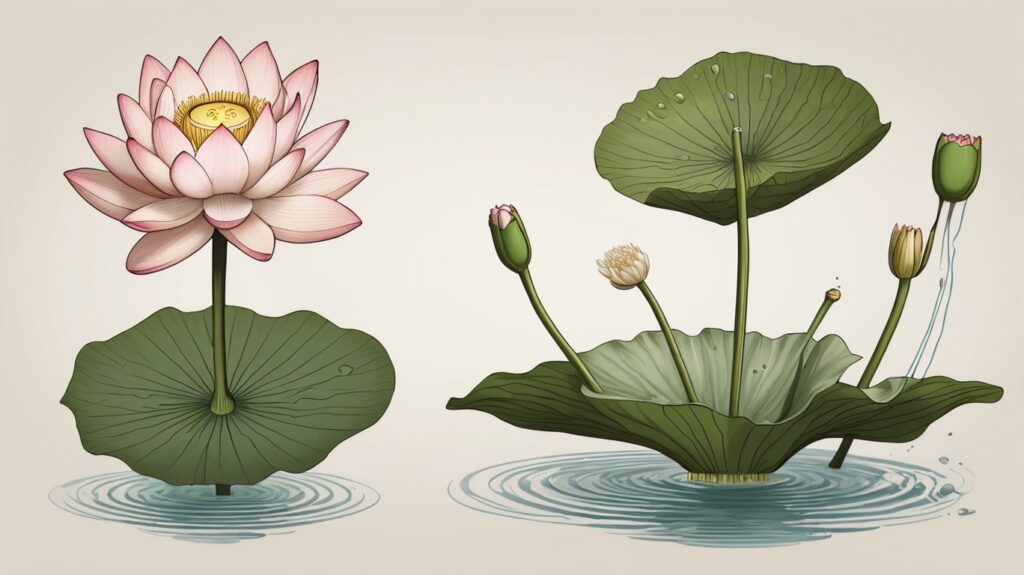
Common Myths and Misconceptions
Let’s bust a few popular myths:
-
Myth: All floating flowers are lotuses.
Fact: Many floating flowers are actually water lilies. -
Myth: Lotus flowers bloom at night.
Fact: It’s water lilies (certain varieties) that bloom nocturnally. -
Myth: They can grow together.
Fact: While possible, they have different care requirements and may compete for space.
Growing Tips for Lotus vs. Water Lily
If you’re looking to grow these plants, here’s what you need to know:
Growing Lotus:
-
Requires full sun (6+ hours daily)
-
Best in warmer climates (USDA zones 4–10)
-
Plant rhizomes in deep containers with rich soil
-
Cover with a few inches of water, increasing as it grows
Growing Water Lilies:
-
Tolerate partial sun
-
Thrive in cooler climates as well
-
Easier for beginners
-
Suitable for small ponds and water gardens
Conclusion: Final Thoughts
So, is the lotus flower a water lily? Scientifically, no—they are two distinct species from different plant families. However, the confusion is understandable given their similar appearance and shared aquatic habitat.
Understanding the differences in taxonomy, appearance, growth habits, and cultural symbolism can help you better appreciate the unique qualities of each plant. Whether you’re a gardener, a botanist, or just someone who loves flowers, knowing the distinctions between lotus and water lilies enriches your connection to these beautiful aquatic wonders.
FAQs
Q: Can you plant lotus and water lilies in the same pond?
A: Yes, but it’s important to manage spacing, as lotus can outcompete lilies due to their size.
Q: Which is easier to grow: lotus or water lily?
A: Water lilies are generally easier for beginners, while lotuses require more care.
Q: Are all lotus flowers edible?
A: Most parts of Nelumbo nucifera are edible, including seeds and roots. Always confirm species before consumption.
Q: Why do people confuse lotus and water lily?
A: Mostly because of similar appearances and overlapping names like “blue lotus,” which is actually a water lily.
Q: Are water lilies invasive?
A: Some varieties can be, especially in non-native regions. Always research before planting.
Click the link below to buy “FLOWER Retro Wooden Stand Plant Terrarium with 3 Bulb Glass Vases for Hydroponic Home & Office Décor”
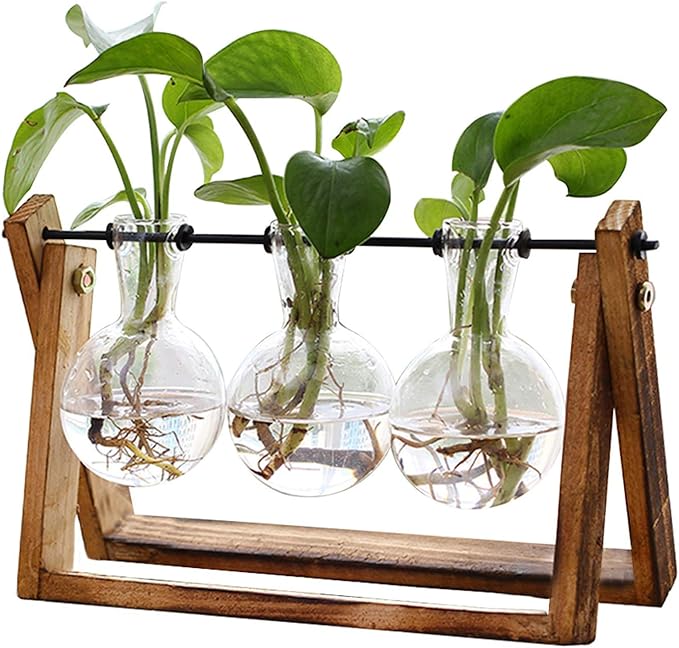
Click Here
“Click the link below to buy “6-inch modern ceramic planter with glaze, drainage hole, and saucer for indoor & outdoor plants.”
